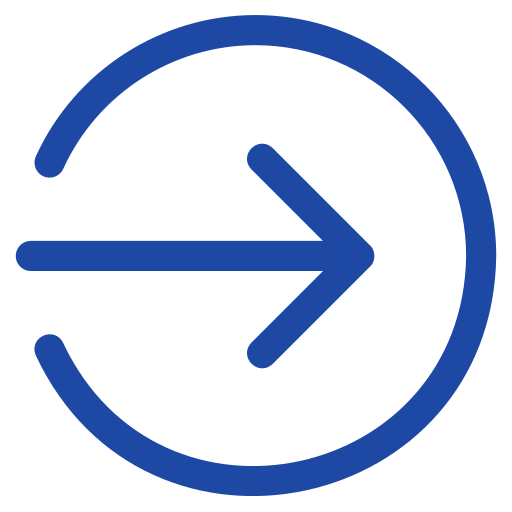/afaqs/media/media_files/2025/07/18/qr-pack-2025-07-18-00-05-39.png)
In a world rapidly embracing digital transformation, the paper leaflet accompanying household products feels outdated – a relic from an era before smartphones became extensions of ourselves.
As India strides confidently toward becoming a global digital powerhouse, it's time we revolutionise how product information reaches consumers through a simple yet powerful tool, which is the Quick Response Code, famously known as the ‘QR code’.
The statistics paint a compelling picture. With smartphone penetration in India projected to exceed 1.1 billion users by 2025, digital literacy has transcended urban boundaries. Yet, millions of consumer products ranging from cleaning agents, personal care items, mosquito repellents, packaged foods, gadgets, TVs, and kitchen appliances continue to rely on printed leaflets that often end up unread or discarded.
This disconnect between consumer behaviour and industry practice demands urgent attention.
Companies across the globe are beginning to embrace this shift. For instance, a leading global coffee brand has embedded QR codes on each of its capsules, allowing consumers to easily access information about drop-off points, environmental impact data, and recycling methods.
This seamless traceability has significantly improved consumer participation and accelerated the company’s circular initiatives.
/filters:format(webp)/afaqs/media/media_files/2025/07/18/shailesh-tyagi-2025-07-18-00-08-38.jpeg)
In India, an FMCG company has piloted the use of QR codes on household cleaning and adhesive products, offering consumers information on refill options, safe disposal methods, and recycling education.
This initiative, aligned with the company's circular economy strategy, is helping promote responsible consumption and enhance digital engagement.
Now, consider mosquito repellent products that are essential to prevent diseases like malaria and dengue, which affect over 2 million Indians annually. The correct usage of such products is crucial, yet the current system of paper instructions creates barriers rather than bridges to proper usage.
The dense, multilingual text crammed onto tiny leaflets proves challenging even for educated consumers, let alone semi-literate populations in rural areas where these diseases are most prevalent.
This principle extends to other essential categories like hair care and colour for proper usage instructions. Take, for instance, specialised hair products that require precise application methods and timing.
A QR code on these products could connect consumers to step-by-step video demonstrations showing exactly how much product to use, application techniques for different hair types, and warning signs of adverse reactions.
For a young woman in a tier-III city exploring hair colouring for the first time, accessing a visual guide through a quick scan could mean the difference and will provide the right guidance.
This isn't merely an issue of convenience but one of public health, inclusive access and sustainability. QR codes on household products can instantly connect consumers to video demonstrations, infographics, and interactive guides in regional languages.
A mother in a remote village can watch a simple tutorial on her basic smartphone, understanding proper product application without struggling through complex text.
The environmental implications are equally profound. India, a signatory to ambitious climate commitments, is projected to generate 22 million tonnes of paper and paperboard annually in 2025, reflecting a significant increase from the current level of over 10.11 million tonnes.
Paper consumption in India is growing at 6-7% annually, and its demand is expected to reach 30 million tonnes by 2027.
By eliminating paper leaflets across major consumer categories like household care, personal care, electronics, appliances and pharmaceuticals, we could prevent the cutting of thousands of trees and significantly reduce water consumption in paper manufacturing – aligned perfectly with Sustainable Development Goals (SDGs) 12 and 13.
Critics may argue that digital access remains uneven across India. However, this perspective misses a crucial point: digital adoption is accelerating far faster than literacy rates.
With 75% of consumers already comfortable scanning QR codes and government initiatives like Digital India creating digital infrastructure even in remote areas, we're witnessing a rare opportunity where technology can leapfrog traditional barriers to information access.
For businesses, this transition offers compelling benefits beyond sustainability credentials. Digital instructions can be updated instantly when safety information changes, eliminating the risk of outdated leaflets remaining in circulation. Consumer engagement metrics provide valuable insights into how people interact with product information, enabling companies to continuously improve their educational content.
Regulatory bodies might consider viewing this shift as an opportunity to improve consumer protection. QR codes have the potential to improve access to important information. Supporting this change through thoughtful regulation—such as keeping essential details on packaging and ensuring options remain for those without smartphones—can help balance innovation with inclusivity.
The time has come to turn the page on paper leaflets and scan our way into a more sustainable, accessible future.
(Our guest author, Shailesh Tyagi, is the Partner, Climate & Sustainability at Deloitte South Asia.)
/afaqs/media/agency_attachments/2025/10/06/2025-10-06t100254942z-2024-10-10t065829449z-afaqs_640x480-1-2025-10-06-15-32-58.png)
 Follow Us
Follow Us